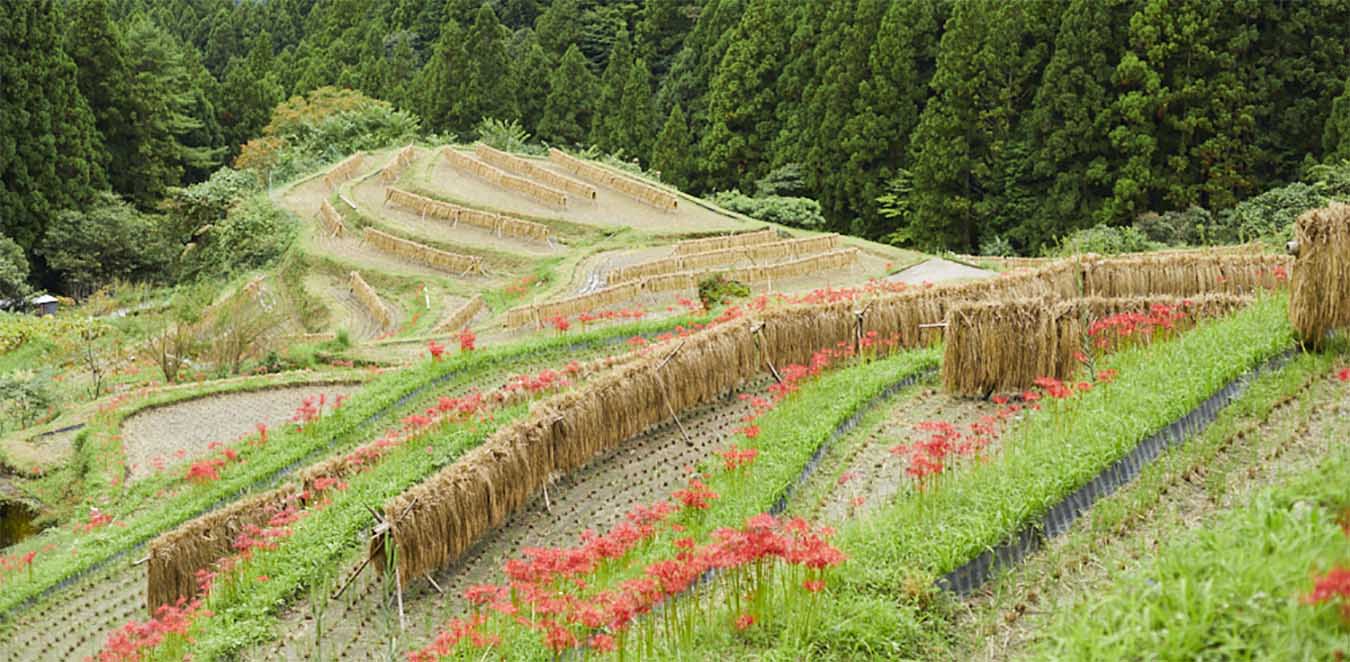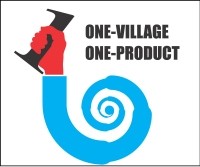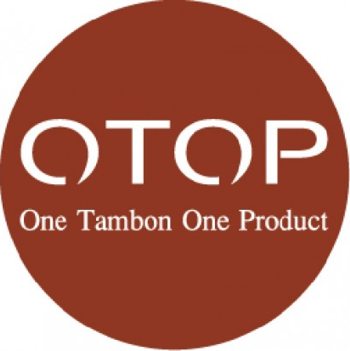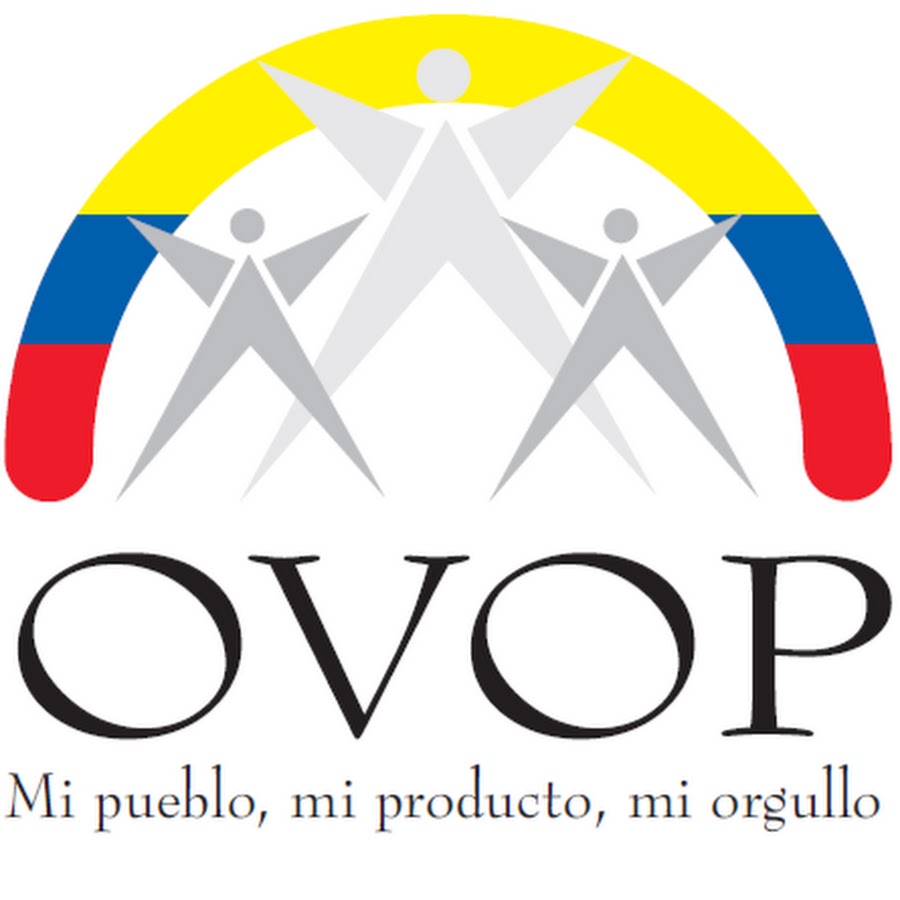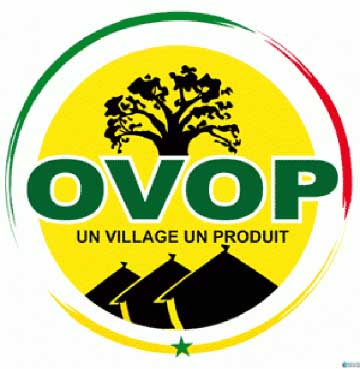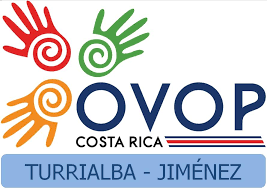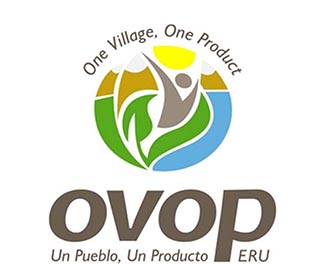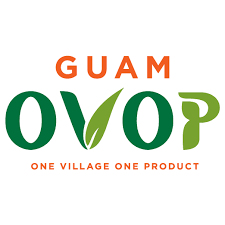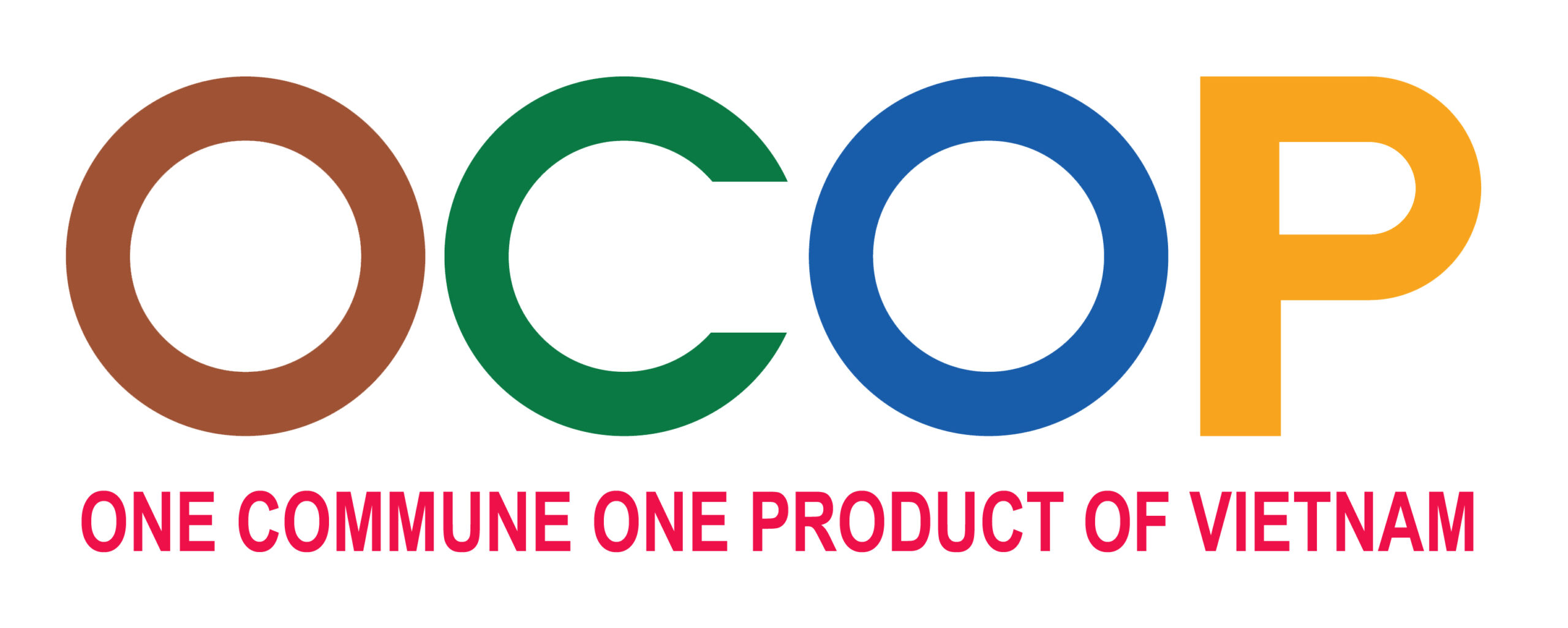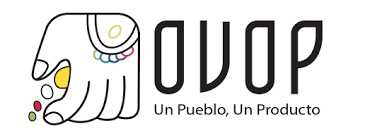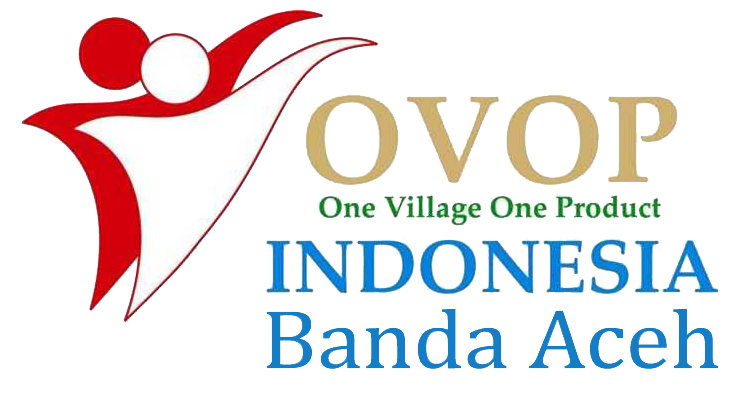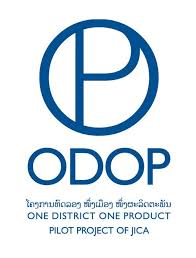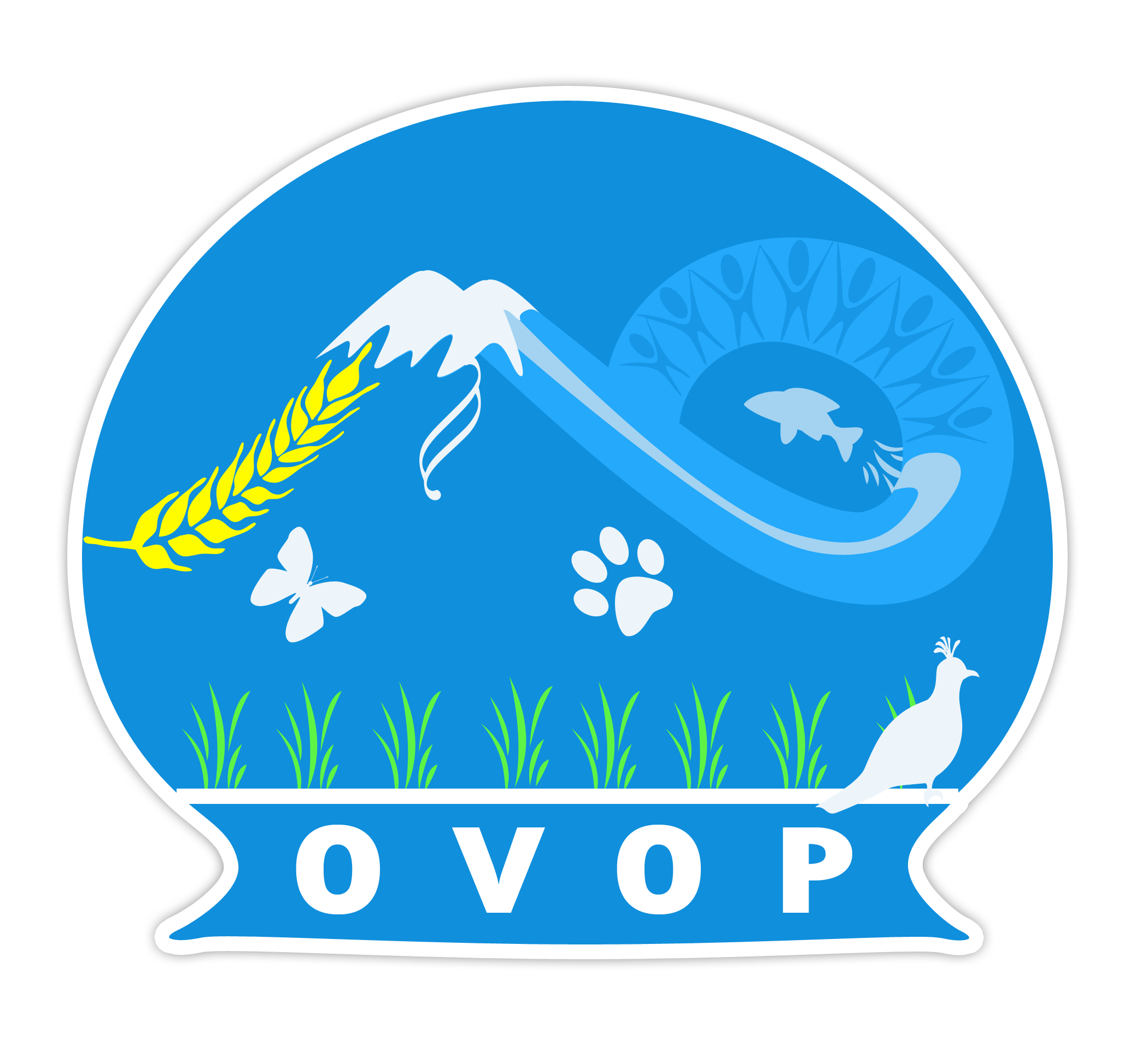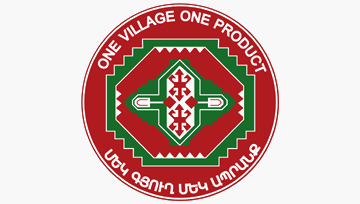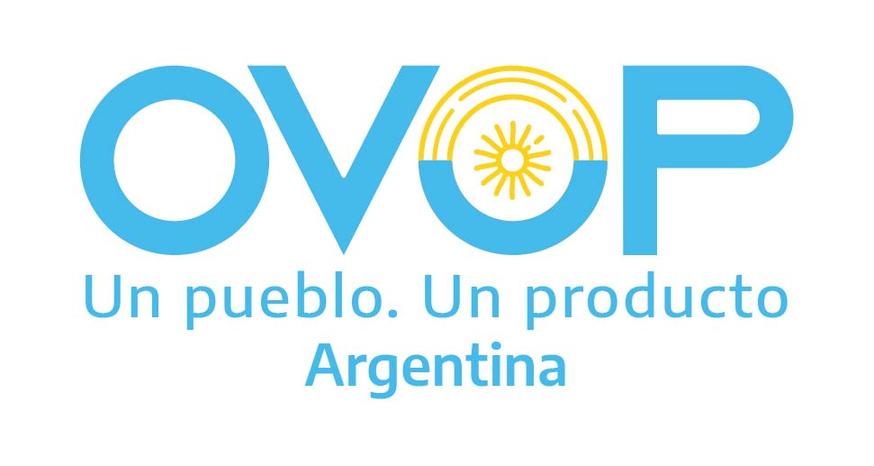A remote village on the Japanese island of Shikoku has been practicing a low-waste economy for nearly 20 years. By contrast to Japan’s nationwide record of being the world’s second largest producer of plastic waste, the town of Kamikatsu is on a mission to reuse, recycle and reduce as much as possible to fight overflowing landfills and eliminate dependence on incinerators. Amidst the intensifying climate emergency and global waste crisis, more cities in Japan and beyond are looking to Kamikatsu as an example of how to transition into a low-carbon, low-waste economy.
Despite the fact that Kamikatsu has yet to achieve the goal of “no-waste”, the village, situated 370 miles away from the country’s capital Tokyo, is a far-cry from the wasteful overconsumption culture rife in many other cities of the world. Since 2000, prompted by a new law on dioxin emissions from incinerators, residents of Kamikatsu have been recycling, reusing and reducing waste as much as possible.
Current rates of unsustainable extraction of resources to produce and consume products that quickly end up being thrown in a landfill is not only contributing to mountains of waste, but is fuelling the climate crisis. According to a recent EU report, global consumption of biomass, fossil fuels, metals and minerals is expected to double within the next 40 years. Our throwaway overconsumption culture will drive over 50% of greenhouse gas emissions and 90% of biodiversity loss and water stress.
Rather than building new incinerators to manage the trend of increasing amounts of waste year-on-year, the community of Kamikatsu implemented measures to create less rubbish. In 2003, the village passed a zero-waste declaration to ensure that the community would cooperate in a new recycling system where household waste is separated into 45 categories, collected, exchanged, donated or recycled.
Products containing parts that belong to two or more different categories need to be taken apart, and separated accordingly in the allocated collection bins that then get sent for recycling. Plastic food wrappers must be washed before being thrown out, while waste paper should be bundled up using upcycled twine made from old milk cartons. Different types of glass and plastic are sorted by colour.
Residents are also incentivised to avoid single-use products through a scheme that rewards consumers points when they refuse disposable plastic items. The points can then be collected and used to buy other reusable items.
The remainder of the items that Kamikatsu residents have found too difficult to recycle – primarily due to products that have been manufactured in other regions of Japan or are imported from abroad – are then finally sent to an incinerator located in another town. These efforts have drastically reduced the amount of waste the village created – in 2016, Kamikatsu recycled 81% of all the waste it produced, far exceeding the national average of 20%.
In a country that represents the second biggest plastic waste producer in the world, Kamikatsu’s achievements demonstrate that operating on a low-waste system is possible, which has inspired some other villages in Japan to begin their own zero-waste campaigns.
Similar policies would also be impactful in other regions outside of Japan, particularly in Asia, where rapid development and population growth will drive massive demand for continued use of the planet’s resources, leading to even more waste and pollution. By 2050, Asia’s population is projected to reach 2.3 billion, making it vital to shift towards a more sustainable and circular economy model.
However, it also shows that ultimately, we cannot rely on consumers alone to reduce waste. Convincing more individuals to take action on reducing waste and to encourage widespread recycling requires action from producers and manufacturers to move away from single-use items and packaging, and design products that are reusable and far easier to repair.
In the EU, a new law to fight the current buy-and-bin system will take aim at manufacturers. The new rules, due to take effort by 2021, will require manufacturers to make products that last longer, are easier to repair and reuse instead of thrown away, and will apply to a range of items such as smartphones, clothing, electronics and food packaging.
Source: https://www.greenqueen.com.hk/






